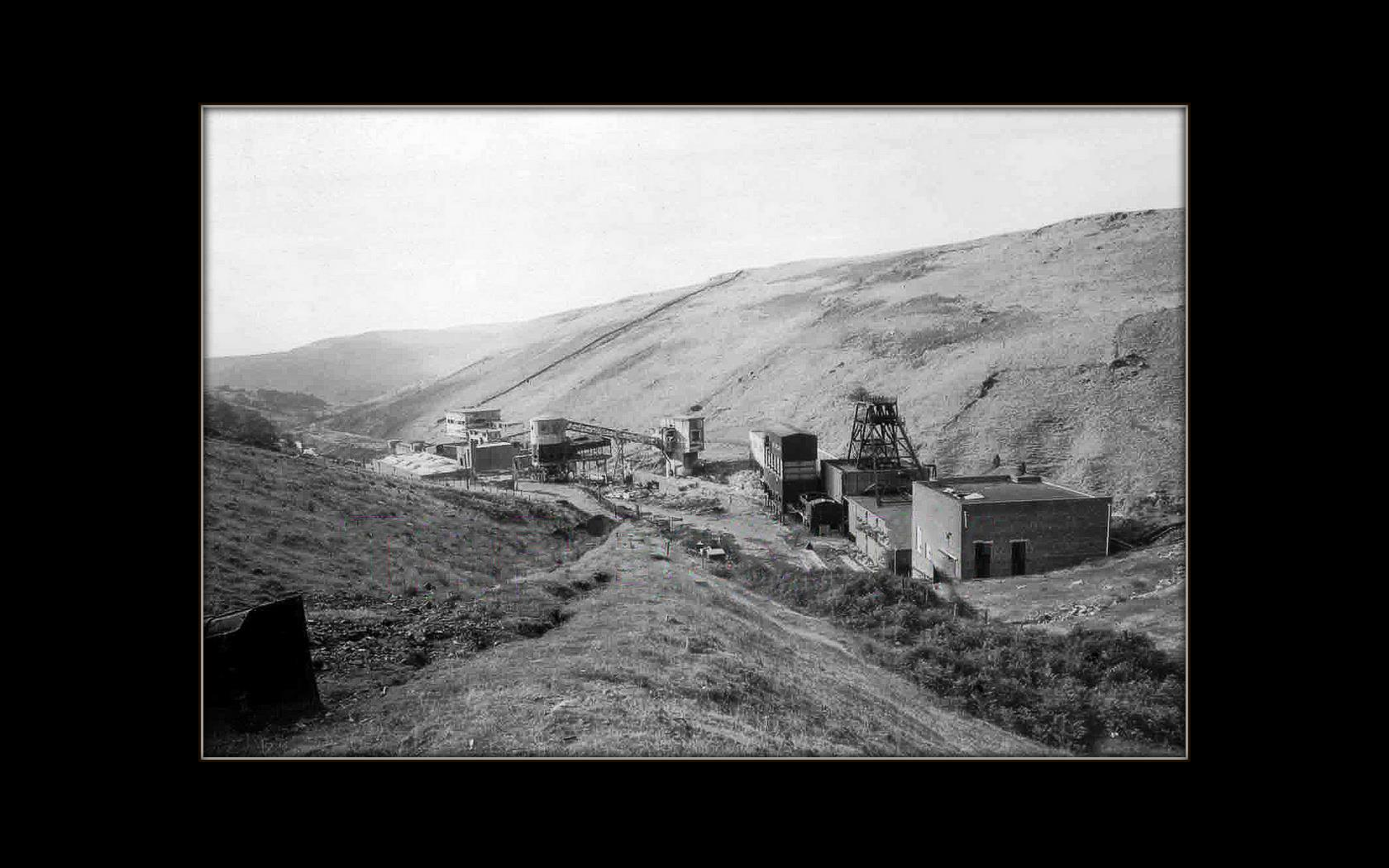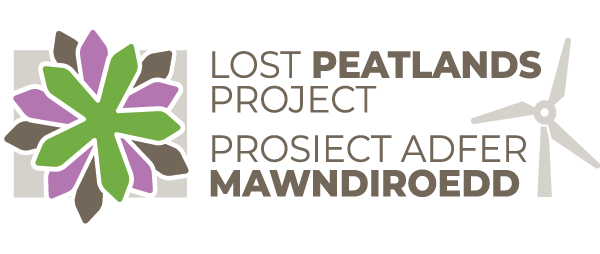The uplands of the plateau between Neath Port Talbot and Rhondda Cynon Taf is a landscape of hidden treasures
Historically this was a place of wide-open space, moorlands, peat bogs and deep incised valleys carved out in the last ice age. People have used this landscape for thousands of years and many important historical features and routes can still be found today. Not until the discovery of coal in the area did this pattern of land use start to change.

The industrial revolution changed the South Wales valleys forever, and the removal of employment opportunities undoubtedly left in its wake challenging times for local residents. However, it has created a unique heritage and culture within the spirited communities of the Upper Afan and Rhondda Fawr Valleys.
Today, commercial forestry plantations and renewable energy wind farms are a defining feature of the skyline, but this - once referred to as the ‘Alps of Glamorgan’ - is also home to mosaic of upland habitats that support numerous protected or uncommon species, such as Water Vole and Adder, and provides a stronghold for a nationally important breeding population of Nightjar.
But possibly the most significant importance of this landscape is the peat resource and the potential for it to store carbon. The uplands are home to vast areas of interconnected blanket bog, which despite being degraded over time due to changing land uses, still has the potential to be restored to functioning systems, locking in carbon, and contributing to Wales’ response to the climate emergency we face.

Through habitat restoration and better management of the Lost Peatland resource, we aim to recover this amazing landscape, make a positive impact on climate change, and increase the area’s biodiversity.
Through better access, interpretation, signage and promotion, we will attract and encourage the exploration of the Lost Peatlands area. This will provide opportunities for people to enjoy and benefit from the landscape. We will connect both local people and visitors to the area’s wealth of heritage.
Through the offer of education, training, activities, and events for all, we will empower the project’s communities to engender a greater sense of stewardship and to ultimately rediscover and revitalise the Lost Peatlands.
